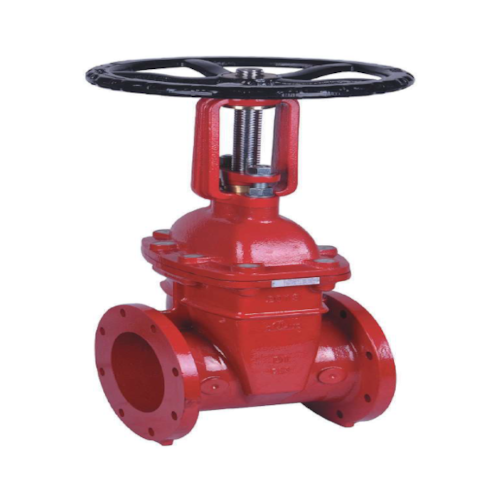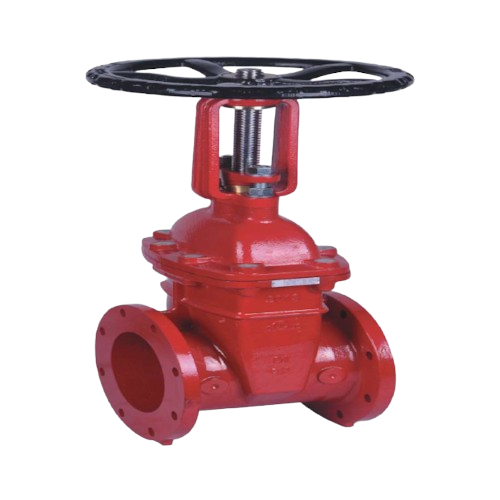Gate valves are widely used in industrial and commercial applications for on/off flow control. These valves are designed to provide minimal resistance to fluid flow when fully open, ensuring high efficiency.
Gate Valves
Applications:
Wastewater treatment plants
Storage tanks
Oil and gas pipelines
HVAC systems
Chemical processing
Key Features:
Low-pressure drop
Reliable sealing
Suitable for high-temperature and high-pressure applications
Technical Specifications:
Body Material
Cast Iron, Ductile Iron, Carbon Steel, Stainless Steel
Seat Material
NBR, EPDM, PTFE
Operation
Manual, Gear Operated, Pneumatic, Electric Actuators
End Connection
Flanged, Threaded, Butt Weld, Socket Weld
Standards
API 600, BS 5163, ISO 9001, ASME B16.34
Gate Valve Specifications
Sizes Available (Nominal): 2”/DN50, 2½”/DN65, 3”/DN80, 4”/DN100, 5”/DN125, 6”/DN150, 8”/DN200, 10”/DN250, 12”/DN300, 14”/DN350, 16”/DN400, 18”/DN450, 20”/DN500, 24”/DN600
Working Pressure: 300 psi/21 bar (2”–12”), 250 psi/17 bar (14”–24”)Seat Type: Resilient wedgeFinish: Flange diameter and thickness according to ANSI B16.1 Class 125, EN1092-2 PN10 or EN1092-2 PN16Connections: Lightweight and easy to install.Specifications: Design and dimensions conform to AWWA C515Features: Pre-notched stainless-steel stem for easy attachment of supervisory switchApprovals: UL & FM (2”–12” as OSF, 14”–24” as OSF2) 5” is the only UL listed
Types of Models
Model 1: Standard Gate Valve (Manual)
Size: DN50 to DN300Material: Cast Iron Body with NBR SeatPressure Rating: PN16End Connection: Flanged
Features:
Corrosion-resistant
Compact design for easy installation
Model 2: High-Pressure Gate Valve (Gear Operated)
Size: DN100 to DN600Material: Carbon Steel Body with PTFE SeatPressure Rating: PN40End Connection: Flanged or Butt Weld
Features:
Designed for high-temperature applications
Smooth operation with gear mechanism
Installation Guidelines
Step-by-Step Installation:
Ensure that the pipeline is depressurised before installation.
Verify the valve size and specifications to match the pipeline requirements.
Align the valve with the pipe flanges and tighten the bolts evenly to avoid misalignment.
Test for leaks after installation by gradually introducing pressure.
Maintenance Recommendations
Periodically check for leaks or signs of wear.
Lubricate moving parts to ensure smooth operation.
Replace damaged or worn-out seals and seats promptly.
Office:
Contact Person:
Choose A legacy of trust, innovation, and excellence in water management.Aqua Tank Consultants. today!.


